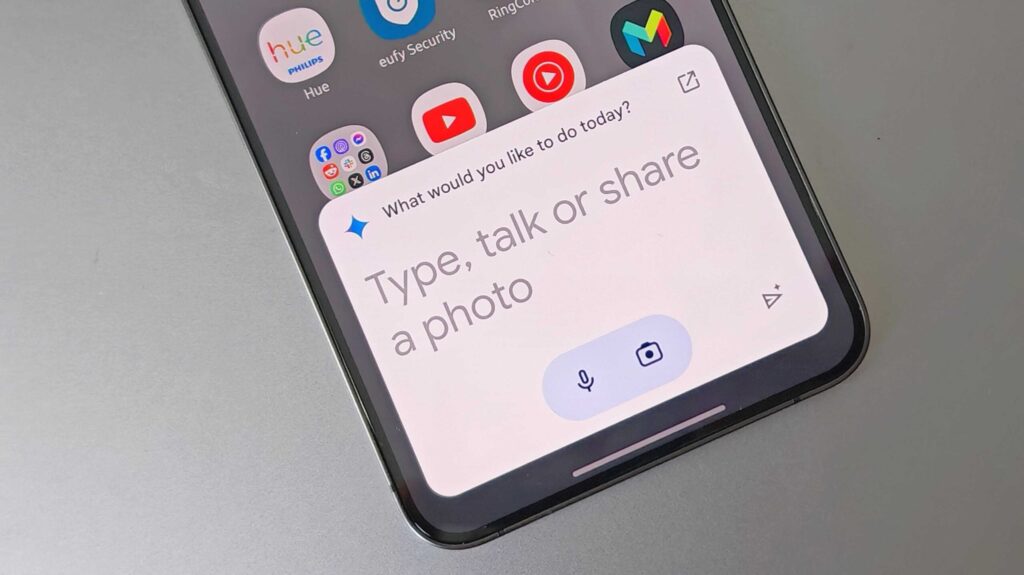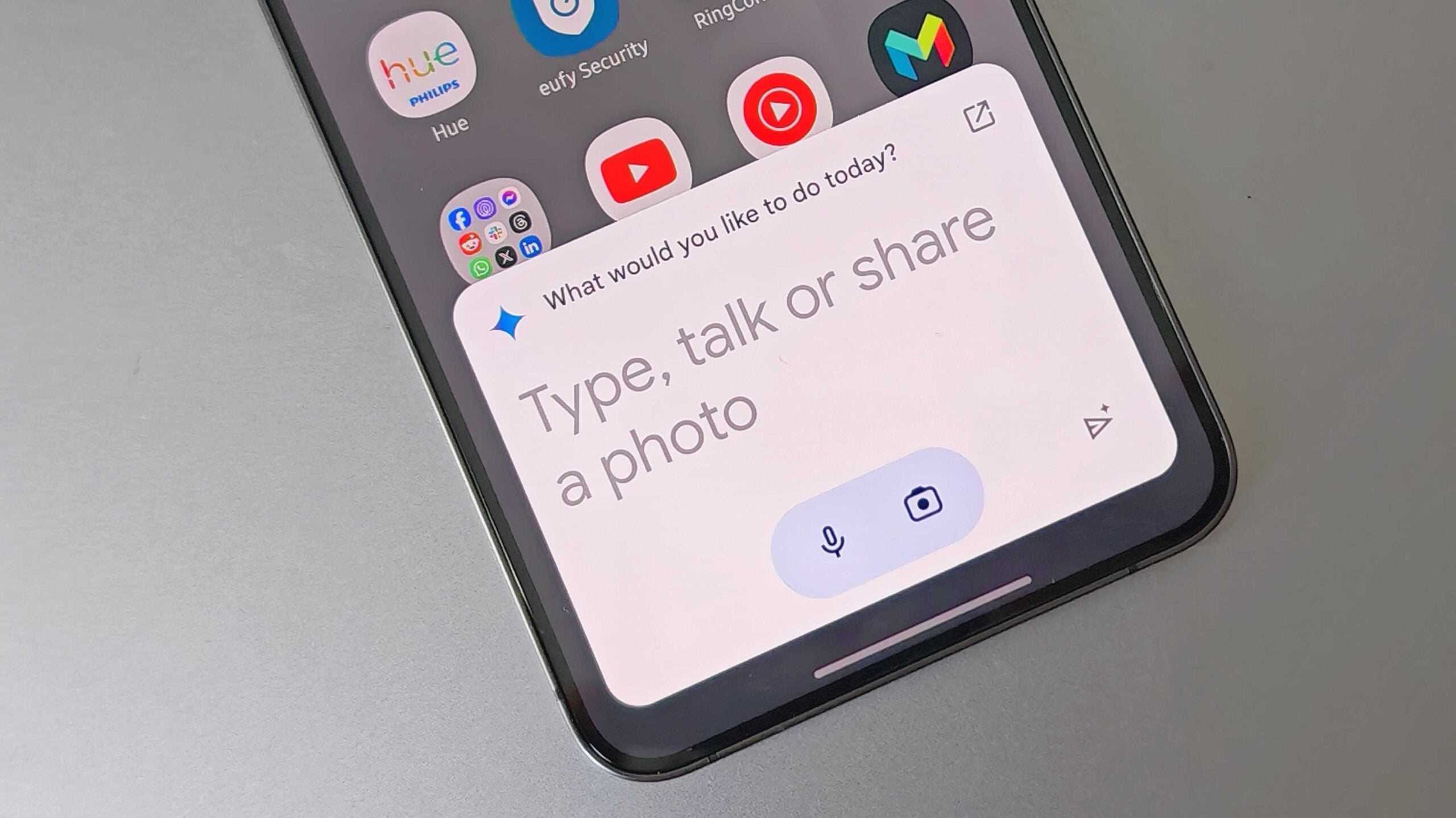Exploring the Power of Google Assistant – In the bustling world of digital innovation, Google Assistant stands out as a beacon of convenience and efficiency. From humble beginnings to becoming an indispensable part of our daily lives, this virtual assistant has undergone remarkable evolution. Let’s delve deeper into the realm of Google Assistant, understanding its features, applications, advantages, and potential challenges.

Introduction to Google Assistant
Google Assistant is an artificial intelligence-powered virtual assistant developed by Google. It was first introduced at the Google I/O conference in May 2016 and has since become one of the leading virtual assistants in the market.
Evolution of Google Assistant
Initially launched as a part of the Google Allo messaging app, Google Assistant has rapidly expanded its capabilities and integrations. It is now available on various devices, including smartphones, smart speakers, smart displays, and wearables.
Key Features of Google Assistant
Voice Recognition
One of the hallmark features of Google Assistant is its advanced voice recognition capabilities. It can accurately understand and interpret natural language commands, making interactions seamless and intuitive.
Natural Language Processing
Powered by sophisticated natural language processing algorithms, Google Assistant can comprehend context and intent, enabling more meaningful and contextually relevant responses.
Personalized Responses
Through machine learning algorithms, Google Assistant can learn user preferences and habits over time, delivering personalized recommendations and responses tailored to individual users.
How Google Assistant Works
Google Assistant operates through a combination of voice commands and integration with various devices and services.
Voice Commands
Users can interact with Google Assistant using voice commands, triggering actions such as setting reminders, sending messages, or playing music simply by speaking naturally.
Integration with Devices and Services
Google Assistant seamlessly integrates with a wide range of devices and services, including smart home devices, navigation apps, and productivity tools, allowing users to control and access their digital ecosystem with ease.
Applications of Google Assistant
Google Assistant finds applications across various domains, enhancing productivity, convenience, and accessibility for users.
Home Automation
With support for smart home devices like thermostats, lights, and security cameras, Google Assistant empowers users to control their home environment through voice commands or smartphone apps.
Navigation
Google Assistant provides real-time navigation assistance, helping users navigate traffic, find nearby points of interest, and plan routes using voice commands or text input.
Productivity
From setting reminders and scheduling appointments to managing tasks and accessing relevant information, Google Assistant serves as a versatile productivity tool, streamlining everyday tasks and workflows.
Advantages of Using Google Assistant
Google Assistant offers several advantages that contribute to its widespread adoption and popularity among users.
Convenience
By enabling hands-free operation and intuitive interactions, Google Assistant enhances convenience and multitasking capabilities, allowing users to accomplish tasks more efficiently.
Accessibility
For users with disabilities or mobility impairments, Google Assistant serves as a valuable accessibility tool, providing voice-based assistance for navigating digital interfaces and accessing information.
Efficiency
With its ability to automate repetitive tasks and streamline workflows, Google Assistant helps users save time and effort, enabling them to focus on more meaningful and productive activities.
Challenges and Limitations
Despite its numerous benefits, Google Assistant is not without its challenges and limitations.
Privacy Concerns
As with any virtual assistant, there are concerns regarding privacy and data security, particularly regarding the collection and use of personal information for targeted advertising and profiling.
Accuracy Issues
While Google Assistant boasts impressive accuracy in understanding voice commands and natural language, occasional errors and misinterpretations can still occur, leading to frustration and dissatisfaction among users.
Language Support
Although Google Assistant supports multiple languages, there may be limitations in terms of dialects and accents, posing challenges for users from diverse linguistic backgrounds.
Future Prospects and Developments
Looking ahead, the future of Google Assistant holds immense potential for further innovation and expansion. With ongoing advancements in artificial intelligence and natural language processing, we can expect to see enhanced capabilities, improved accuracy, and broader language support in the coming years.
Conclusion
In conclusion, Google Assistant has revolutionized the way we interact with technology, offering a seamless and intuitive user experience across various devices and applications. With its advanced features, wide-ranging applications, and ongoing developments, Google Assistant continues to redefine the possibilities of virtual assistance in the digital age.
FAQs (Frequently Asked Questions)
- Is Google Assistant available on all devices?
- Google Assistant is compatible with a wide range of devices, including smartphones, smart speakers, smart displays, and wearables.
- How does Google Assistant prioritize responses?
- Google Assistant uses a combination of algorithms and user preferences to prioritize responses based on relevance and context.
- Can Google Assistant understand multiple languages?
- Yes, Google Assistant supports multiple languages, although the extent of language support may vary depending on regional variations and dialects.
- Is Google Assistant always listening?
- Google Assistant is designed to listen for activation phrases, such as “Hey Google” or “Okay Google,” to initiate interactions. It does not continuously record or store audio unless activated by the user.
- How does Google Assistant handle privacy concerns?
- Google has implemented various privacy features and controls to address concerns regarding data collection and usage, allowing users to manage their privacy settings and preferences.




